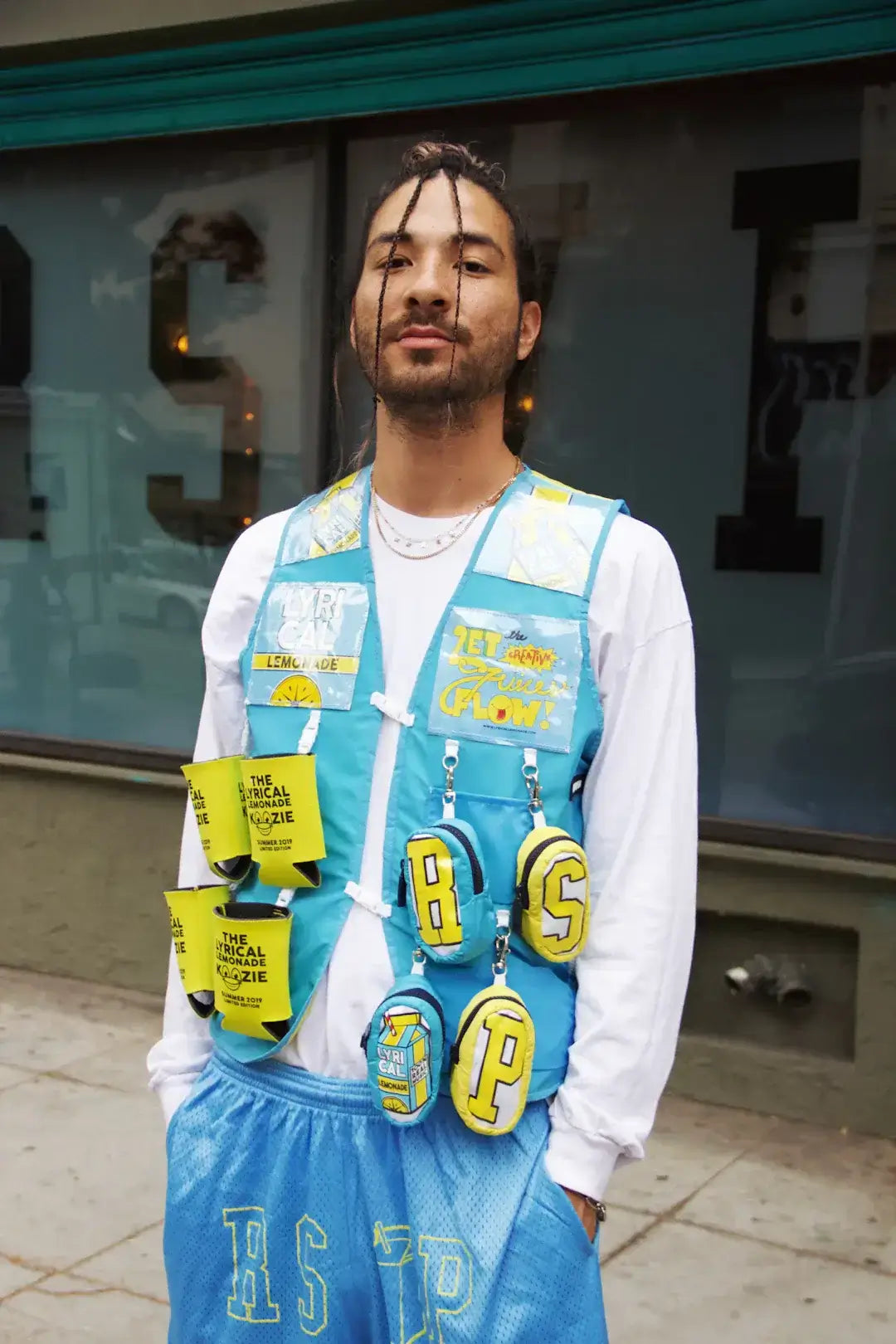
Embrace Sustainability: Eco-Friendly Practices in T-Shirt Production
Share
In a world increasingly focused on sustainability, the fashion industry has begun to evolve. One of the most promising sectors leading this change is the t-shirt production sphere, especially when combined with the artistry of fashion illustration. The movement toward eco-friendly practices is not just a trend; it’s a necessary shift for the health of our planet. By understanding and embracing sustainable methods in t-shirt production, businesses like Koncepto are paving the way for a greener future without sacrificing style.
The Importance of Sustainable Art in Fashion
Sustainable art combines aesthetics with environmental consciousness. It emphasizes the significance of choosing sustainable materials, ethical production methods, and eco-friendly designs. Particularly, when we talk about fashion illustration t-shirts, the artwork itself can reflect sustainable practices, encouraging a deeper connection between consumers and the artists behind the designs.
Why Go Eco-Friendly?
- Reducing Environmental Impact: Traditional t-shirt production often involves harmful chemicals and non-biodegradable materials. By adopting sustainable practices, businesses can significantly decrease their ecological footprint.
- Supporting Ethical Labor Practices: Focusing on eco-friendly production also means creating a more equitable working environment. Sustainable brands typically ensure their workers are treated fairly and compensated adequately.
- Encouraging Mindful Consumption: Eco-friendly t-shirts can prompt consumers to rethink their choices, steering them towards brands that prioritize sustainability.
Materials Matter: Choosing Sustainable Fabrics
The first step in producing eco-friendly t-shirts is selecting sustainable materials. Here are some popular options:
Organic Cotton
Organic cotton is grown without synthetic pesticides and fertilizers, preserving soil health and minimizing water usage. When transformed into fashion illustration t-shirts, organic cotton not only feels great but also helps sustain agricultural biodiversity.
Bamboo
Bamboo is another sustainable option, as it grows quickly and doesn’t require the same amount of water as traditional cotton. Moreover, bamboo fabric is naturally antibacterial and biodegradable, making it an excellent choice for conscious consumers.
Recycled Materials
Utilizing recycled materials, such as polyester derived from plastic bottles, drastically cuts down on waste. This practice redefines the lifecycle of materials that would otherwise contribute to pollution.
Innovative Eco-Friendly Production Techniques
Once sustainable materials are chosen, the production process plays an equally important role in crafting eco-friendly t-shirts. Here are some innovative techniques:
Waterless Dyeing Techniques
Traditional dyeing processes can consume vast amounts of water and often involve toxic chemicals. Waterless dyeing technologies, utilizing supercritical CO2 or digital printing methods, successfully minimize both water consumption and pollutant discharge.
Energy-Efficient Production
Adopting renewable energy sources, such as solar or wind power, during production reduces reliance on fossil fuels. Sustainable brands increasingly choose local production to lower transportation emissions as well.
Designing with a Conscience
When creating fashion illustration t-shirts, artists and designers must also consider the environmental impact of their artworks. Sustainable design principles can guide the way to more responsible fashion choices.
Timeless Designs
Creating timeless designs helps encourage a culture of longevity over fast fashion. By investing in pieces that will remain stylish for years, consumers are less likely to discard items after a single season.
Minimal Waste Methodologies
Implementing design processes that focus on minimal waste can significantly impact sustainability. Techniques like zero waste pattern making ensure that every scrap of fabric is used effectively, further reducing landfill contributions.
Packaging and Shipping: The Final Steps
The impact of a t-shirt extends beyond its production; packaging and shipping practices can also contribute to sustainable initiatives. Here’s how:
Biodegradable Packaging
Shifting to biodegradable or compostable packaging materials helps reduce plastic waste. Encouraging consumers to recycle packaging can further amplify these benefits.
Efficient Shipping Practices
Implementing eco-friendly shipping methods, such as carbon-neutral shipping, can help offset transportation emissions. Brands can incentivize consumers to opt for group shipping or local pickup, further reducing the environmental impact.
Connect with the Community: Building Eco-Conscious Mindsets
For sustainable practices to gain traction, community engagement is crucial. Here are ways brands can foster a culture of sustainability:
Provide Educational Resources
Brands should take the initiative to educate consumers about the benefits of eco-friendly choices. Offering blog posts, workshops, or informative social media content can inspire informed purchasing decisions.
Collaborate with Local Artists
By partnering with local artists for fashion illustration t-shirts, businesses can support local economies while showcasing unique artistry. This not only enriches the community but also promotes a sense of connection between consumers and the stories behind their garments.
Consumer Responsibility: Choosing Wisely
While businesses have a responsibility to pursue sustainable practices, consumers also play a vital role in driving change. Here are some tips for conscious shopping:
- Research Brands: Look for brands that prioritize sustainability and transparency in their practices.
- Invest in Quality: Choose high-quality t-shirts that are designed to last, rather than opting for cheaper, less sustainable options.
- Support Local: Whenever possible, support local artists and production facilities to reduce transportation emissions.
Fashion Illustration T-Shirts: A Canvas for Change
Fashion illustration t-shirts hold immense potential as a medium for eco-conscious expression. They not only serve as stylish fashion items but also carry messages of sustainability and awareness.
Art That Tells a Story
Every piece of art tells a story. When artists incorporate sustainability themes into their fashion illustration t-shirts, they create a narrative that resonates with eco-conscious consumers. This relationship transforms clothing into wearable advocacy.
Inspire Change Through Art
Art has the ability to inspire change. By promoting sustainable practices through fashion illustration, brands can motivate consumers to make more responsible choices, creating a ripple effect throughout the industry.
The Ripple Effect of Sustainable Practices
Embracing sustainable art and eco-friendly practices can create a significant ripple effect in the fashion industry. By supporting sustainable t-shirt production, consumers can influence manufacturers to adopt more eco-friendly methods and materials.
Building a Sustainable Future Together
As we witness the fashion landscape evolve, the integration of sustainable practices within t-shirt production stands as a beacon of hope. It signifies not just a trend but a movement towards a sustainable future, guided by the principles of responsibility, creativity, and innovation. Collective efforts from brands, artists, and consumers can forge a path where style and sustainability coexist harmoniously.
Ready to Take Action?
It’s time to embrace sustainable fashion. By choosing eco-friendly t-shirts, supporting local artists, and advocating for responsible production practices, you can make a meaningful impact. The journey towards sustainability begins with informed actions, and together, we can transform the t-shirt industry into a model of eco-friendliness and creativity. Let’s wear our values and foster a future where fashion illustrates the beauty of sustainability.
